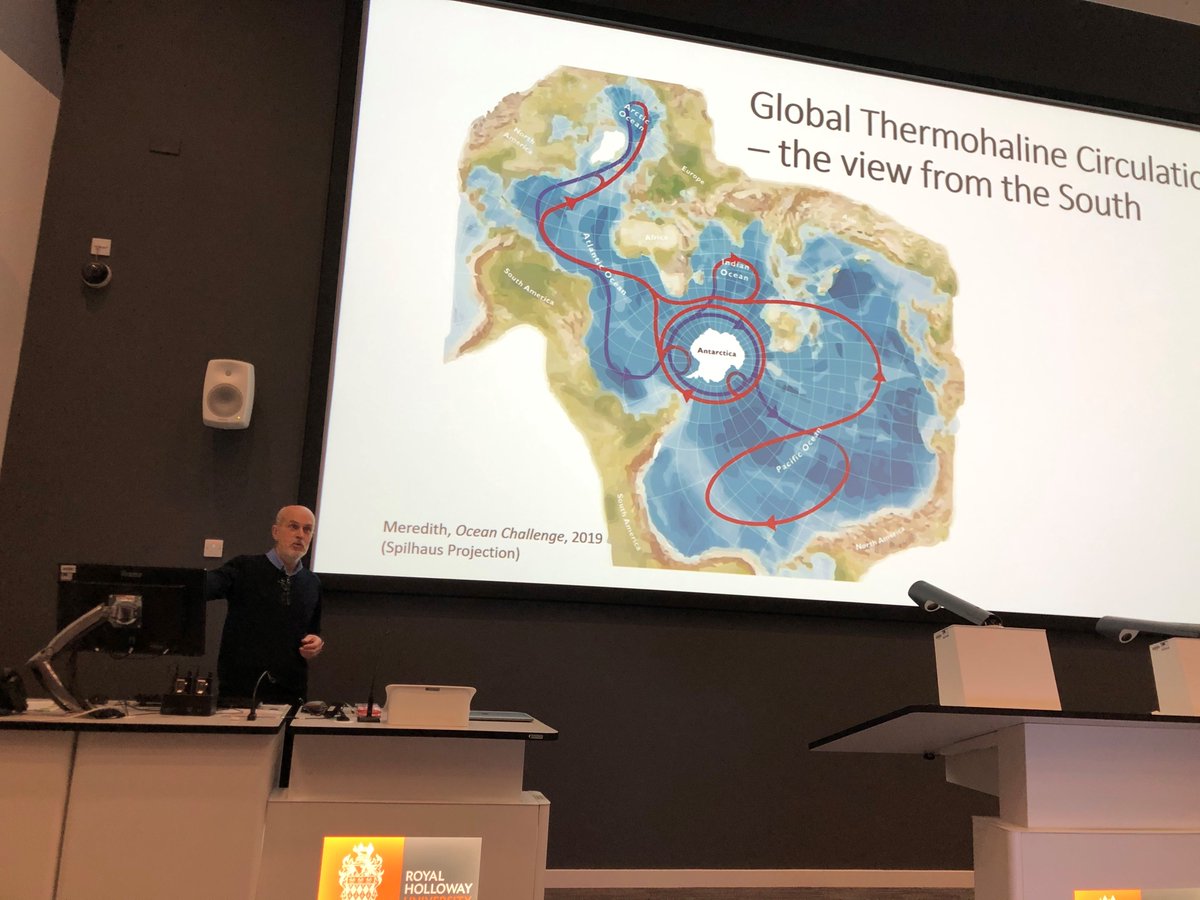
This may look like a very ordinary seascape, but it isn't. This view is at 72°S in the Bellingshausen Sea, #Antarctica, taken from RV Polarstern expedition #PS134. In a normal year there would be a lot of #seaice in this area, but this year there is none. 1/3 

@AWI_Media @BAS_News This month has seen a new record minimum in #Antarctic #seaice extent since satellite records began more than 40 years ago. In the Bellingshausen Sea most of the ice was gone by the end of November. 2/3
@AWI_Media @BAS_News The minimum #seaice extent is highly variable from year to year, and we should be cautious about reading too much into a single year. However, #Antarctic annual and summer sea ice extents have now been below the long-term average for 7 years. A trend seems to be emerging. 3/3
• • •
Missing some Tweet in this thread? You can try to
force a refresh









